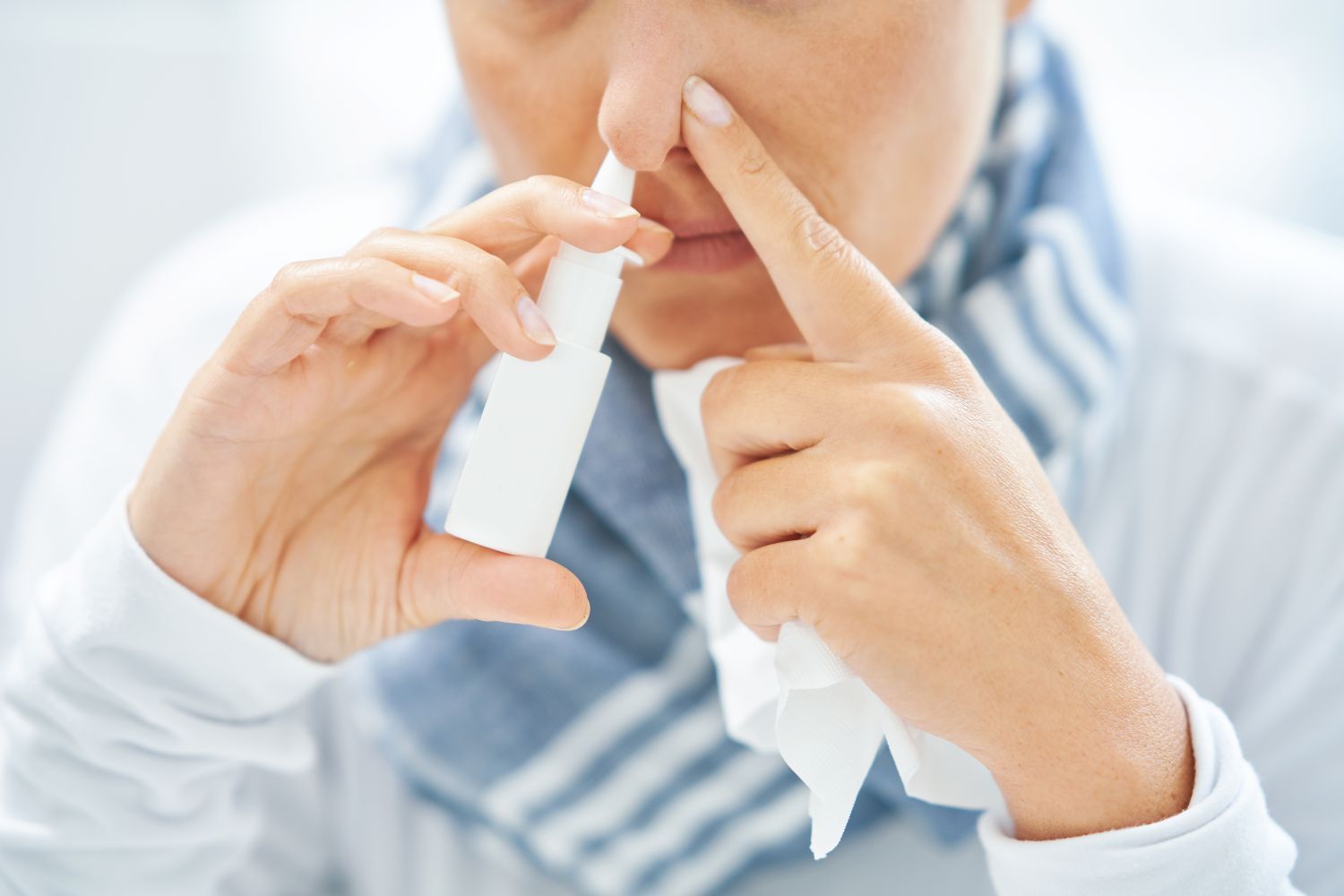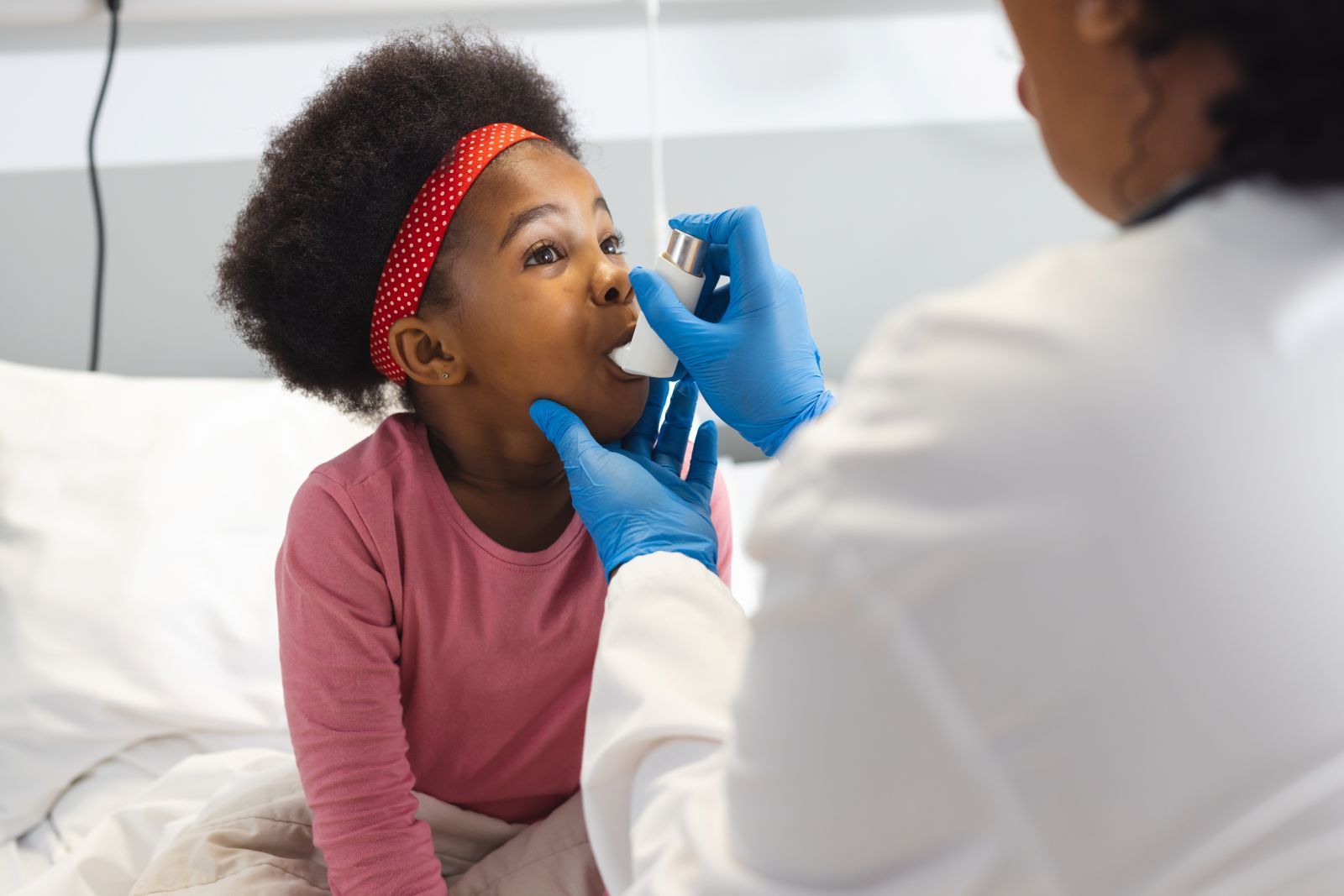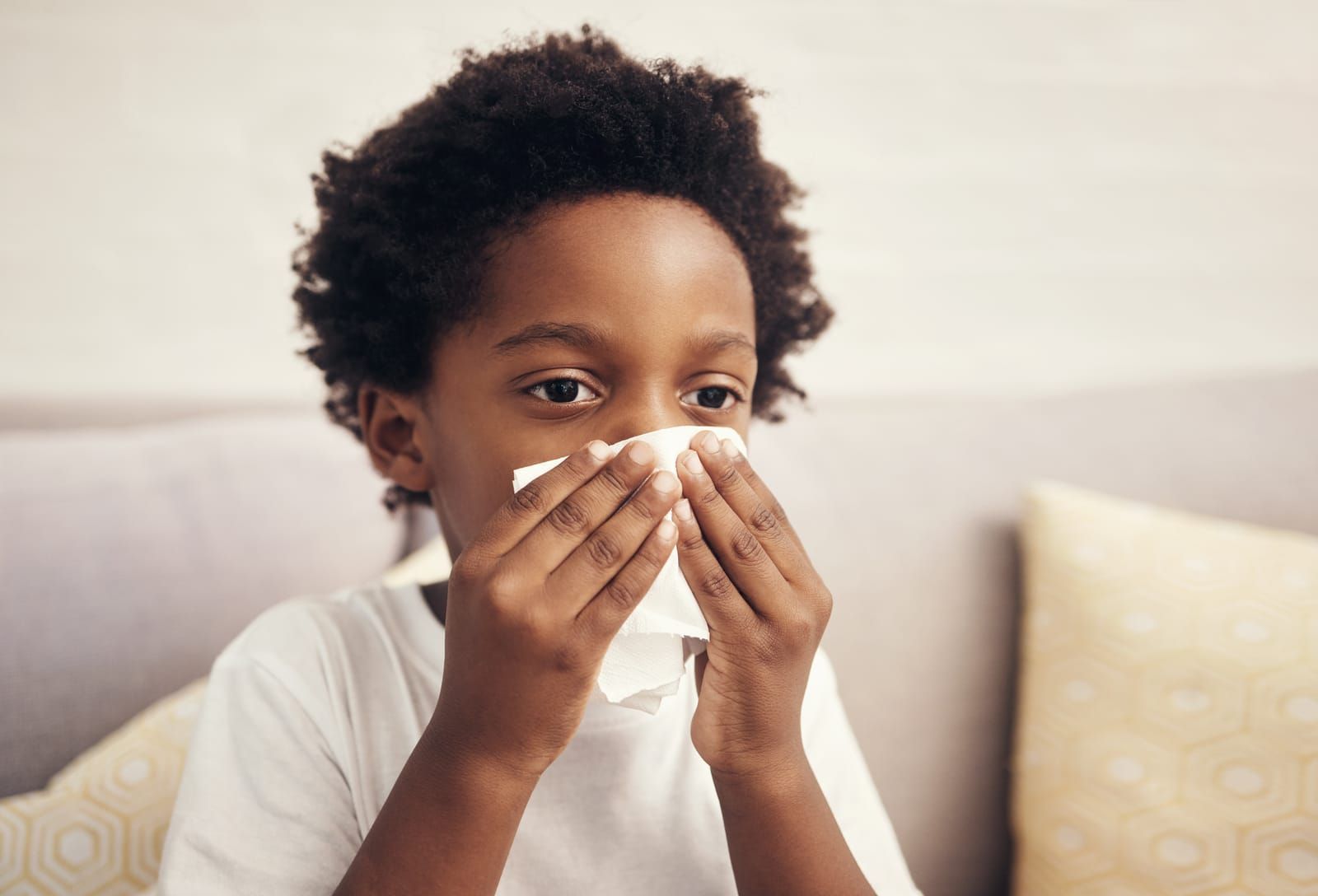Different Colors of Snot and What They Mean
Have you ever wondered why your nasal discharge changes color? That seemingly gross, sticky substance called snot actually plays an important role in protecting our respiratory system. The color of your nasal mucus can provide valuable insights into your health.
Read on to explore the various colors of snot and what they might indicate about your body's well-being.
Clear or White
Clear or white mucus is the most common color and generally indicates a healthy respiratory system. It helps moisten and clean the nasal passages, trapping dust, bacteria, and other foreign particles. When you have a cold or are exposed to irritants like smoke or pollution, your body produces more clear or white mucus to flush out the intruders.
Yellow or Green
Yellow or green snot often signals an infection. When your body fights off viruses or bacteria, it releases enzymes that can cause your mucus to turn yellow or green. These colors suggest an increased number of white blood cells, which are your body's defense against infection. Consult a healthcare professional if you experience other symptoms, such as cough, congestion, or fever.
Brown
Finding brown snot in your tissue can be alarming, but it is usually not a cause for immediate concern. Brown mucus could result from dried blood mixing with your nasal discharge. This can occur after a nosebleed or indicate minor irritation in your nasal passages. However, if the brown color persists or is accompanied by more severe symptoms, it is best to seek medical advice.
Red
Seeing red-colored mucus can be disconcerting, as it often indicates the presence of blood. Nosebleeds, dry air, or even aggressive nose-blowing can cause blood vessels to rupture, resulting in red snot. However, it could indicate a more severe condition, such as a nasal injury or infection. If you frequently notice blood in your mucus or experience pain or difficulty breathing, consider seeking advice from a healthcare professional.
Black
While rare, black mucus can be alarming. It can occur due to excessive exposure to pollution, certain medications, smoking, or fungal infections. If you notice black snot, it may indicate a more severe underlying condition that requires treatment, so a visit to see a healthcare professional might be wise.
Other Colors
Occasionally, you may come across other colors of snot, such as orange, pink, or blue. These colors are usually a result of external factors, such as the consumption of certain foods or the use of nasal sprays or dyes. However, if you experience persistent or unusual colors without any known triggers, we suggest consulting a healthcare professional.
When to Contact a Healthcare Professional
Remember, these color indications should not be considered definitive diagnoses, but they can serve as helpful signals to monitor your respiratory health. As always, if you have concerns about the color and need help, consult a healthcare professional who can provide an accurate diagnosis and appropriate treatment. Take care of your respiratory system and pay attention to the messages your body sends through your snot!
Become a member of the Snot Force Alliance and engage in in-depth discussions surrounding snot, phlegm, boogers, and other aspects of respiratory health. We aim to foster collaboration among ear, nose, and throat specialists, promoting innovation and advancing medical practices for a healthier future. Join the force today and be a part of driving progress!












